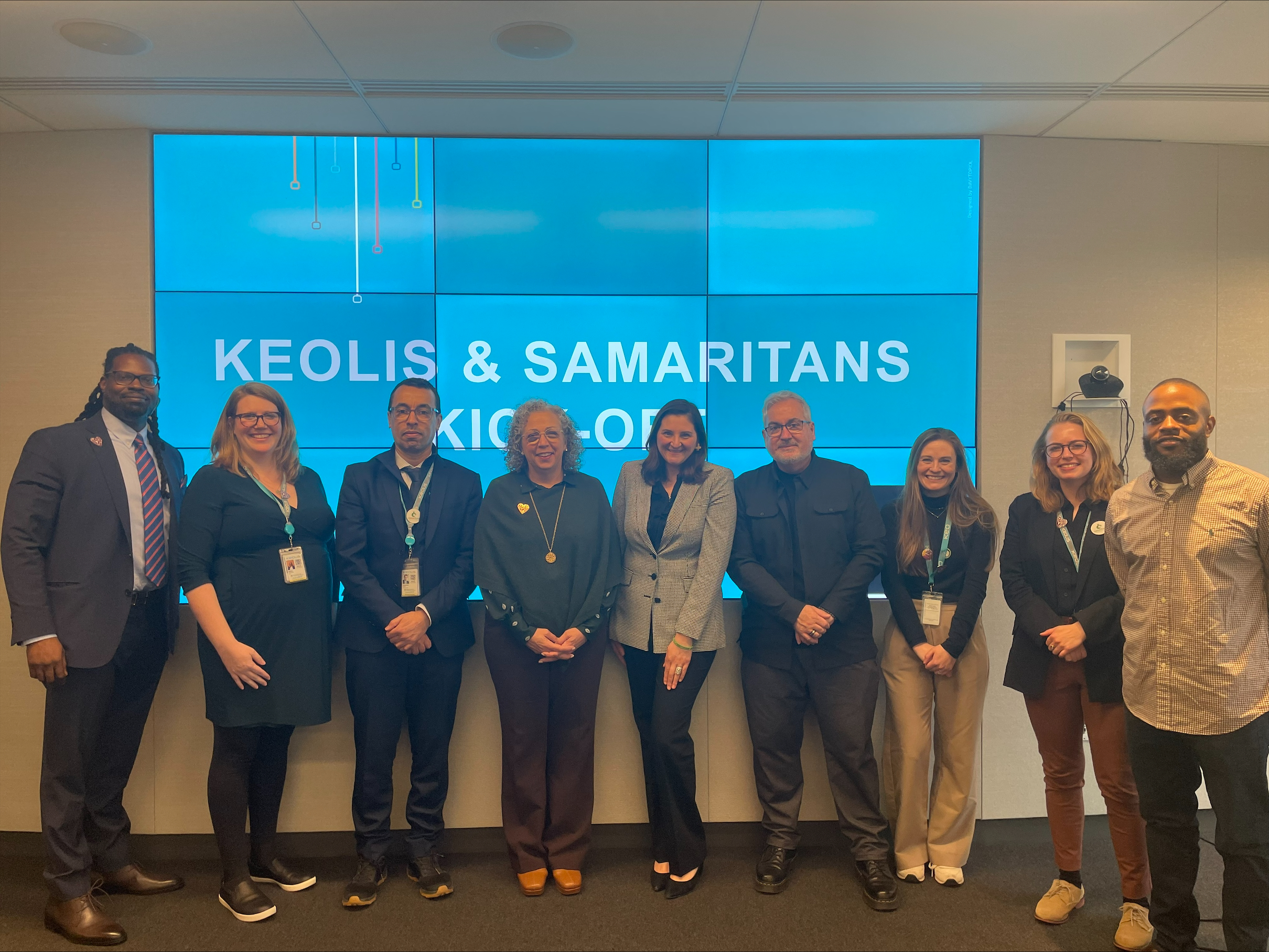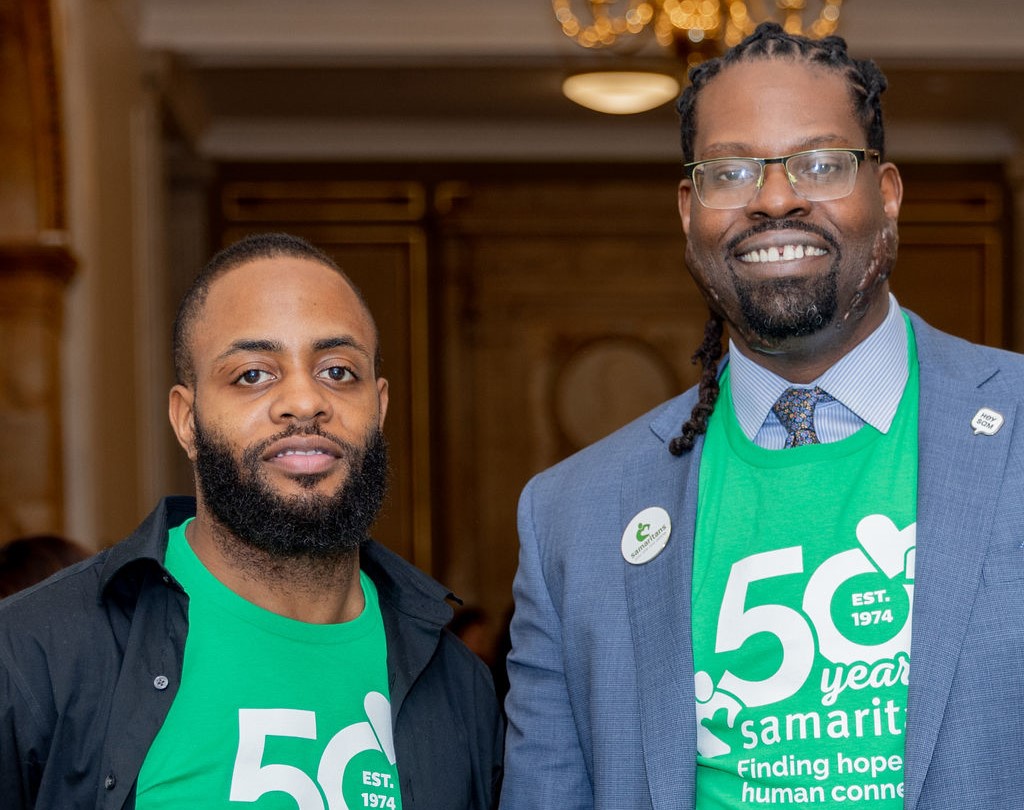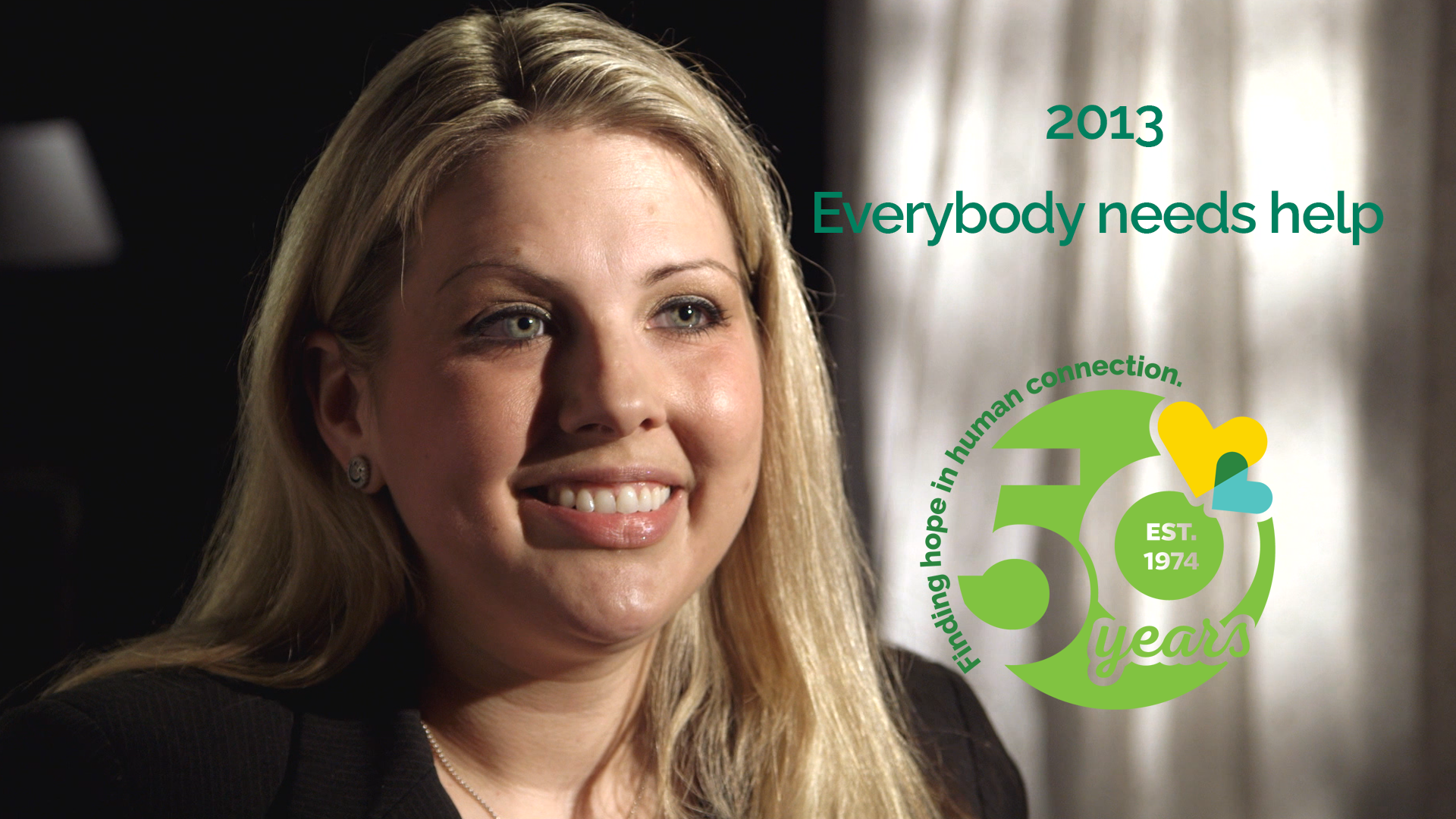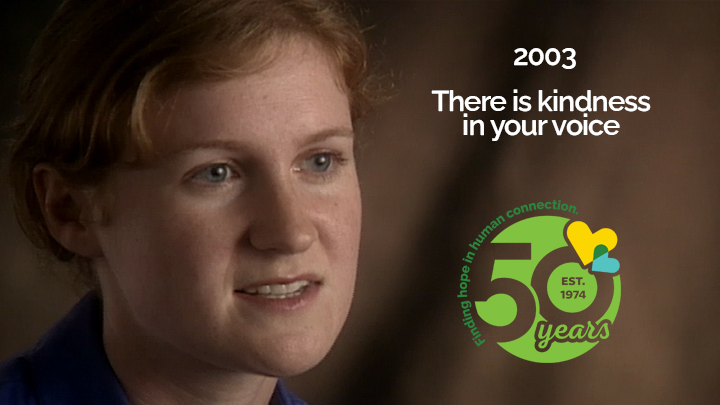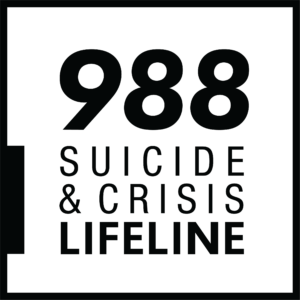Preventing suicide. Just hearing those words, it sounds like a challenge that can feel insurmountable. Perhaps we feel ill-equipped to know how to help with a problem that seems so complex. Or maybe just the emotion of thinking about the possibility and effects of suicide feels overwhelming. Or having grown up in a society that places a tremendous stigma on the topic makes us feel less confident in knowing how to bring up the topic.
If you have not yet played your part in helping to prevent suicide, don’t worry. It is a social issue that so many of us want to help with and contribute to, and it is also an issue that many of us admit we are not sure how to help with.
The good news is that our fear or hesitation is much bigger than the reality of what it takes to play a role. There are several things that any person can do to help prevent suicide. While this is not an exhaustive list, here are just a few suggestions for you to use:
- Use your phone as a tool: Your phone can enable you to be prepared to help anyone whom you see is struggling or in crisis.
- Save Key Numbers: In your phone, save two key numbers so that you can quickly share them with others if they need it. We recommend saving 988 in your phone, which is the national suicide and crisis helpline, and we also suggest saving the Hey Sam textline for young people in your phone (1-877-832-0890).
- Use Notes to Share Tips: Open the Notes section of your phone, and create a new title called “If I’m Struggling.” Within this note, write down the names and phone numbers of the three people in your life who most help you when you are feeling down. Then write down three things that you do to help yourself when you are feeling anxious or distressed. By creating this note, you now have provided a guide to someone else if they should ever find you in crisis. They can quickly ask you to open your phone and find out what activities and who will be most helpful to you in your moment of crisis. Similarly, encourage everyone in your life to do the same on their phones. If we can get everyone to have an “If I’m Struggling” Note in their phones, we will be able to help each other if ever the need arises.
- Save Key Numbers: In your phone, save two key numbers so that you can quickly share them with others if they need it. We recommend saving 988 in your phone, which is the national suicide and crisis helpline, and we also suggest saving the Hey Sam textline for young people in your phone (1-877-832-0890).
- Ask Questions & LIsten: When we feel like someone may be struggling or in crisis, the stigma of suicide can intimidate us and keep us from asking key questions. Creating a space for the person who is struggling to share their story and how they are feeling is crucial to helping them overcome the moment of crisis that they are experiencing. Here are a few suggestions for how to enter into conversation with someone whom you are trying to help and support:
- Name “suicide”: If you are worried that someone may harm themselves, it’s helpful to ask the question directly – “Are you considering suicide?” The historic stigma around suicide has created a myth that if you bring up suicide, you make someone more likely to contemplate it – which is false. By asking someone directly if they are considering suicide, you are inviting them to open up about a topic that they likely don’t feel welcome to discuss, and you are also giving yourself the opportunity to evaluate the level of risk for this person to know how to more appropriately respond.
- Practice Active Listening: When speaking with someone who is struggling, ask questions that allow you to really listen to the person, not to prepare for a response or suggestion that you want to give. Your presence as an outlet by which someone can open up and share their feelings can do wonders in a moment of crisis. And when you do have the space for questions, ask questions that focus on the person you are speaking with, rather than focusing on the problem or problems they are bringing up. You can also ask questions that distract them from the situation at hand (eg. “How was dinner last night?”), as that can be calming, as well.
- Name “suicide”: If you are worried that someone may harm themselves, it’s helpful to ask the question directly – “Are you considering suicide?” The historic stigma around suicide has created a myth that if you bring up suicide, you make someone more likely to contemplate it – which is false. By asking someone directly if they are considering suicide, you are inviting them to open up about a topic that they likely don’t feel welcome to discuss, and you are also giving yourself the opportunity to evaluate the level of risk for this person to know how to more appropriately respond.
- Break the Stigma: We will never be able to fully prevent suicide until we create an environment where all people feel safe to share when they are struggling. As a society, we have made great strides over the past few decades, but there is still plenty more stigma to be broken. Some simple ways that you can help do this include:
- Attending events & opportunities that focus on mental health & suicide: When you run a race, watch a panel, or attend a workshop focused on mental health & suicide, you inevitably will talk about it with others. This conversation with the friends, family, and colleagues around you can help to make the topics of suicide and mental illness more comfortable to discuss.
- Reading & sharing what you learn: When you see an article about mental illness and/or suicide, take the time to read it and grow in your knowledge about the subject. Increased knowledge creates increased confidence, which leads to a higher probability that you will feel empowered to talk about it in conversations with others. You also can share what you are learning on social media. When you show by example that you are not afraid to talk about these important topics, others will follow suit.
- Attending events & opportunities that focus on mental health & suicide: When you run a race, watch a panel, or attend a workshop focused on mental health & suicide, you inevitably will talk about it with others. This conversation with the friends, family, and colleagues around you can help to make the topics of suicide and mental illness more comfortable to discuss.
If you are even reading this article, you are already on the path to contributing to our collective mission of creating a world without suicide. We believe wholeheartedly that it can be achieved, and we thank you for joining us in this effort.
